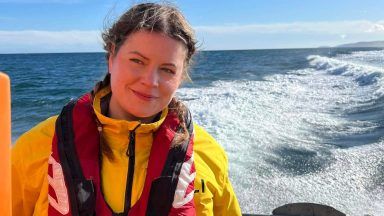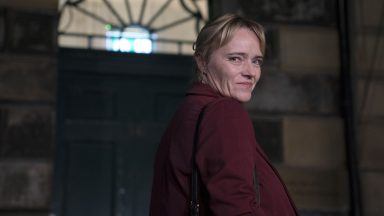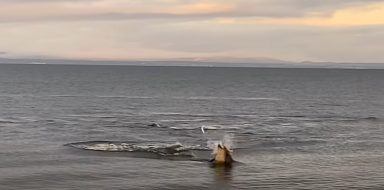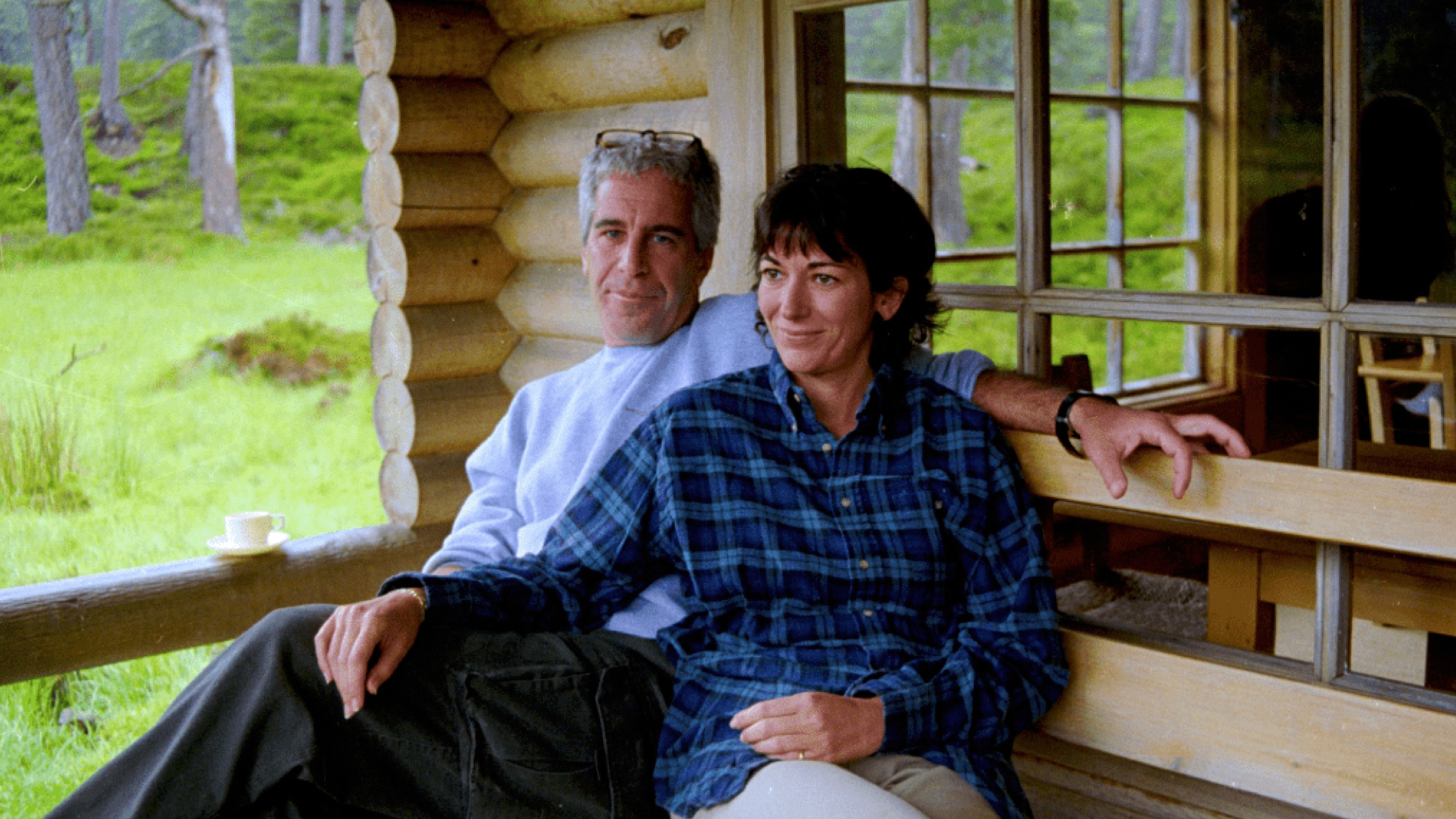Scottish researchers have snapped the first pictures of the deepest galaxy ever photographed using the new James Webb space telescope.
CEERS-93316 is estimated to have existed just 235 million years after the Big Bang – the event 13.8 billion years ago that formed the first stars in the Universe.
The celestial body is thought to be around 35 billion light years from earth and is around three billion light years further away than GN-z11, the previous most distant galaxy identified by scientists.
It comes just weeks after the first images captured by the $10bn replacement for the Hubble telescope were released for the first time.
Astronomers Sophie Jewell and Clara Pollock created a colour image of the newly discovered galaxy while undertaking summer projects at the University of Edinburgh.
It is hoped the project will allow scientists to watch “the universe turn the lights on for the first time”.
Callum Donnan of the University’s school of physics and astronomy said: “We’re using a telescope that was designed to do precisely this kind of thing, and it’s amazing.
“It’s allowing us to look back at the formation of very first stars and galaxies more than 13.5 billion years ago.
“Without a doubt, this is just the start of many important observations that will be made using this incredible instrument in the weeks, months and years to come.”
The telescope, which is far more sensitive than its predecessor, was launched on Christmas Day last year.
Its will focus on several main targets for observation, including the Carina nebula, home to enormous stars many of which are several times larger than the sun and WASP-96 b, a giant planet outside our solar system mainly of gas.
Follow STV News on WhatsApp
Scan the QR code on your mobile device for all the latest news from around the country


 CEERS/UOE/SOPHIE JEWELL/CLARA POLLOCK
CEERS/UOE/SOPHIE JEWELL/CLARA POLLOCK























